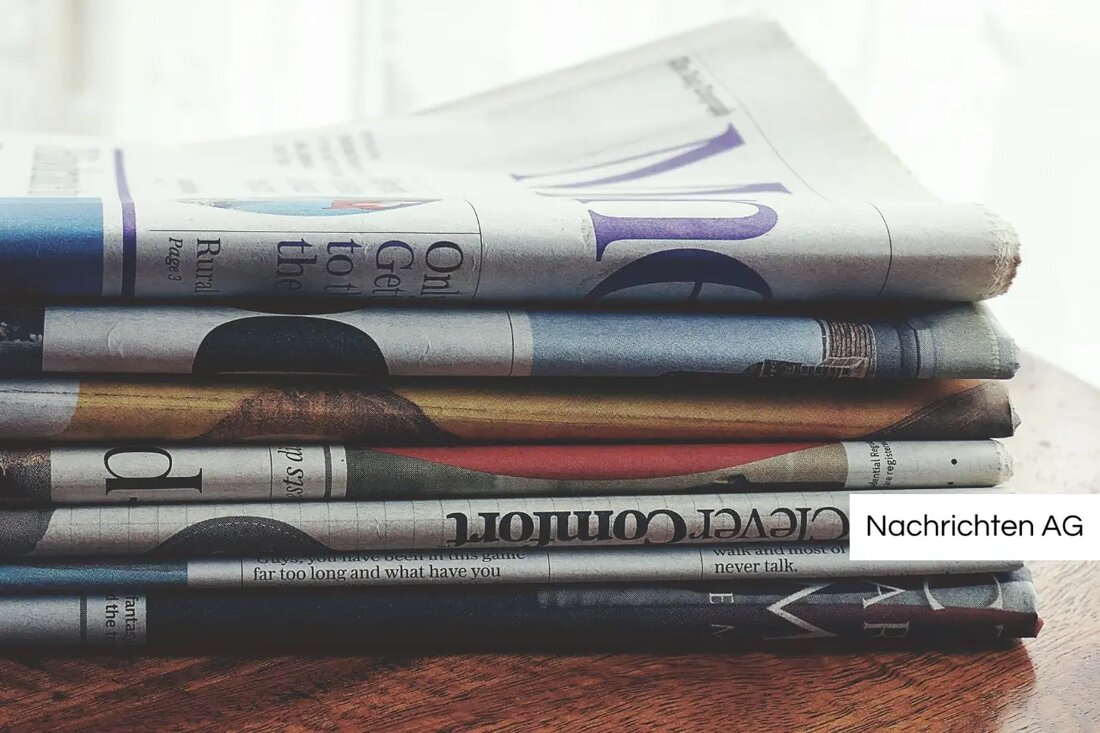New bus for Lisdorfer Berg: Does the connection come in time?
New bus for Lisdorfer Berg: Does the connection come in time?
The discussion about the transport of the Lisdorfer Berg industrial area in southwestern Germany is increasingly gaining in explosive. Despite the initiatives of politicians, commercial associations and citizens, the future of the MSX bus line and thus the connection of the rapidly growing industrial park are on the brink. Saarbrücker Zeitung reports on the challenges that are now.
On December 12, 2022, the MSX line was launched to create a direct connection from Saarlouis Central Station to the Lisdorfer Berg industrial area. This express bus line runs without further holding between the two endpoints and serves five new stops in the industrial park: Mary-Lonsdorfer-Straße, North, Else-Schmidt-Straße, to the Geisberg and Wendeplat. The timetable originally provided up to five return journeys from Monday to Friday and other trips on Saturday. The times were determined on the basis of a survey among the local companies in order to cover shift times. Information on timetables is available via various channels, including the KVS-Website ,
on the way to economy
While the initial euphoria about the new connection is still felt, concern is growing on the economy of the project. The annual costs of 150,000 euros, which are borne by three partners - the state, the district and the city of Saarlouis - in equal parts, could not be sufficiently covered by the number of users. The end of the three -year testing period is approaching, and the question arises whether enough passengers can be obtained to make the line profitable.
The background of the current situation are complex. The position of public transport in general social context is also considered. According to the vdv , the member companies play an important role in the mobility change. The passenger numbers in local public transport have increased since 2022, after a significant decline during corona pandemic. This shows that there is interest in public transport and may also be transferred to the Lisdorfer Berg industrial area.
A successful operation of the bus line could also help relieve the traffic and protect the environment. Public transport saves about 10 million greenhouse gas emissions every day and saves 18 million car trips. These ecological advantages are of great importance in today's world, since the call for sustainable mobility solutions is getting louder.
The outlook on the future
The coming months will be decisive for the MSX line. It remains to be seen whether the bus connection can reach the required acceptance among the citizens and companies. If the line does not win enough users, this could have serious consequences for the traffic connection in the region. The local population, which is dependent on functioning mobility, is therefore in a decisive phase of development.
The challenges of the bus line to Lisdorfer Berg reflect the broader topic of the mobility transition, in which new solutions are sought for current traffic problems. A long -term success could bring both economic and ecological advantages for the Saarlouis region.
| Details | |
|---|---|
| Quellen | |


Kommentare (0)